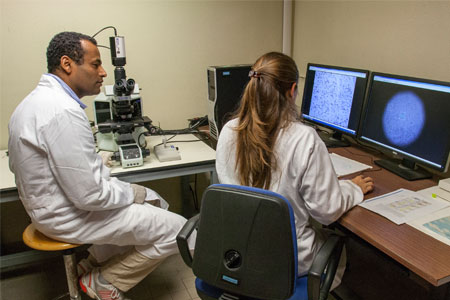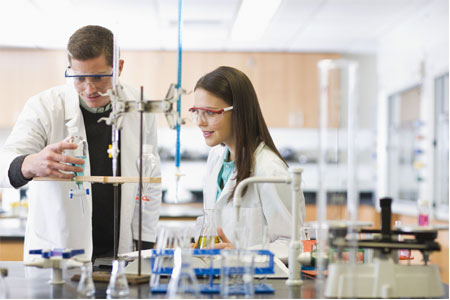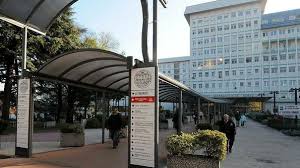- Autori:
-
Collatuzzo, G; Lodi, V; Feola, D; De Palma, G; Sansone, E; Sala, E; Janke, C; Castelletti, N; Porru, S; Spiteri, G; Monaco, Mgl; Larese Filon, F; Negro, C; Cegolon, L; Beresova, J; Fabianova, E; Carrasco-Ribelles, La; Toràn-Monserrat, P; Rodriguez-Suarez, Mm; Fernandez-Tardon, G; Asafo, Ss; Ditano, G; Abedini, M; Boffetta, P
- Titolo:
-
Determinants of Anti-S Immune Response at 9 Months after COVID-19 Vaccination in a Multicentric European Cohort of Healthcare Workers-ORCHESTRA Project.
- Anno:
-
2022
- Tipologia prodotto:
-
Articolo in Rivista
- Tipologia ANVUR:
- Articolo su rivista
- Lingua:
-
Inglese
- Formato:
-
A Stampa
- Referee:
-
Sì
- Nome rivista:
- VIRUSES
- ISSN Rivista:
- 1999-4915
- N° Volume:
-
14
- Numero o Fascicolo:
-
2657
- Intervallo pagine:
-
1-13
- Parole chiave:
-
COVID-19; vaccine; serology; antibody level; immunization; temporal trends
- Breve descrizione dei contenuti:
- The persistence of antibody levels after COVID-19 vaccination has public health relevance. We analyzed the determinants of quantitative serology at 9 months after vaccination in a multicenter cohort. Methods: We analyzed data on anti-SARS-CoV-2 spike antibody levels at 9 months from the first dose of vaccinated HCW from eight centers in Italy, Germany, Spain, Romania and Slovakia. Serological levels were log-transformed to account for the skewness of the distribution and normalized by dividing them by center-specific standard errors. We fitted center-specific multivariate regression models to estimate the cohort-specific relative risks (RR) of an increase of one standard deviation of log antibody level and the corresponding 95% confidence interval (CI), and combined them in random-effects meta-analyses. Finally, we conducted a trend analysis of 1 to 7 months’ serology within one cohort. Results: We included 20,216 HCW with up to two vaccine doses and showed that high antibody levels were associated with female sex (p = 0.01), age (RR = 0.87, 95% CI = 0.86–0.88 per 10-year increase), 10-day increase in time since last vaccine (RR = 0.97, 95% CI 0.97–0.98), previous infection (3.03, 95% CI = 2.92–3.13), two vaccine doses (RR = 1.22, 95% CI = 1.09–1.36), use of Spikevax (OR = 1.51, 95% CI = 1.39–1.64), Vaxzevria (OR = 0.57, 95% CI = 0.44–0.73) or heterologous vaccination (OR = 1.33, 95% CI = 1.12–1.57), compared to Comirnaty. The trend in the Bologna cohort, based on 3979 measurements, showed a decrease in mean standardized antibody level from 8.17 to 7.06 (1–7 months, p for trend 0.005). Conclusions: Our findings corroborate current knowledge on the determinants of COVID-19 vaccine-induced immunity and declining trend with time. Viruses
- Id prodotto:
-
131703
- Handle IRIS:
-
11562/1084829
- ultima modifica:
-
23 febbraio 2023
- Citazione bibliografica:
-
Collatuzzo, G; Lodi, V; Feola, D; De Palma, G; Sansone, E; Sala, E; Janke, C; Castelletti, N; Porru, S; Spiteri, G; Monaco, Mgl; Larese Filon, F; Negro, C; Cegolon, L; Beresova, J; Fabianova, E; Carrasco-Ribelles, La; Toràn-Monserrat, P; Rodriguez-Suarez, Mm; Fernandez-Tardon, G; Asafo, Ss; Ditano, G; Abedini, M; Boffetta, P,
Determinants of Anti-S Immune Response at 9 Months after COVID-19 Vaccination in a Multicentric European Cohort of Healthcare Workers-ORCHESTRA Project.
«VIRUSES»
, vol.
14
, n.
2657
,
2022
,
pp. 1-13
Consulta la scheda completa presente nel
repository istituzionale della Ricerca di Ateneo 








